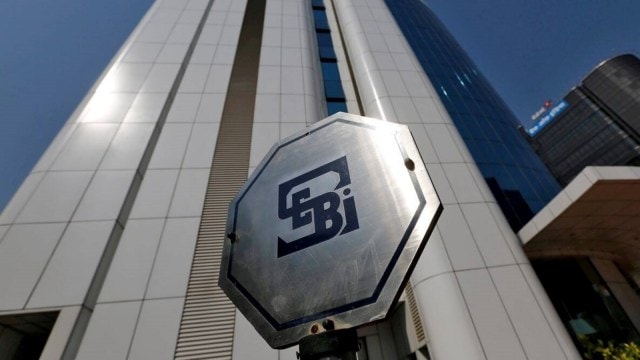Sebi approves stricter norms for SME IPOs
The new norms will provide opportunities for SMEs with a sound track record to raise funds from the public and get listed on stock exchanges while protecting investors’ interests.
 Market sources said Sebi did not accept the Gaekwad’s offer as it did not fall within the stipulated timelines and it failed to follow the required process, including appointment of investment bankers (Reuters)
Market sources said Sebi did not accept the Gaekwad’s offer as it did not fall within the stipulated timelines and it failed to follow the required process, including appointment of investment bankers (Reuters)The Securities and Exchange Board of India (SEBI) on Wednesday strengthened the framework for initial public offerings (IPO) by small and medium enterprises (SMEs).
The new norms will provide opportunities for SMEs with a sound track record to raise funds from the public and get listed on stock exchanges while protecting investors’ interests.
An SME will be allowed to launch IPO, only if it has an operating profit (earnings before interest, depreciation and tax) of Rs 1 crore from operations for any 2 out of 3 previous financial years at the time of filing of its draft red herring prospectus (DRHP), SEBI said in a press release issued after its board meeting.
The Offer for sale (OFS) by selling shareholders in an SME IPO should not exceed 20 per cent of the total issue size and selling shareholders cannot sell more than 50 per cent of their holding, it said.
The lock-in on promoters’ holding held in excess of minimum promoter contribution (MPC) will now be released in phased manner – lock-in for 50 per cent promoters’ holding in excess of MPC will be released after one year and lock-in for remaining 50 per cent promoters’ holding in excess of MPC will be released after two years.
The regulator capped the amount for general corporate purpose (GCP) in an SME IPO at 15 per cent of the amount being raised by the issuer or Rs 10 crore, whichever is lower. The issue proceeds from an SME IPO will not be allowed for repayment of loan from promoter, promoter group or any related party.
Related party transaction (RPT) norms, as applicable to listed entities on main board, will be extended to SME listed entities, provided that the threshold for considering RPTs should be 10 per cent of annual consolidated turnover or Rs 50 crore, whichever is lower.
The SEBI board revised the regulatory framework for the registration of merchant bankers (MBs), their eligibility, activities they can undertake and net worth including liquid net worth criteria.
The regulator has allowed merchant bankers, other than banks, public financial institution and their subsidiaries, to undertake only permitted activities.
“Activities other than permitted activities by MB shall be hived off to a separate legal entity with a separate brand name, within a period of two years,” it said. The separate entity may be allowed to carry out activities other than the permitted activities by sharing the resources with the MB on an arm’s length basis without casting any legal liability in respect of the same, on the MB.
The SEBI has categorised MBs in to two based on their net worth and activities.
The category 1 MBs will have a net worth not less than Rs 50 crore and will be allowed to undertake all permitted activities. The category 2 MBs will have a net worth not less than Rs 10 crore and allowed to undertake all permitted activities except managing equity issues on the main board.
To enhance regulatory clarity, certainty and uniformity in compliance in the ecosystem, the board approved amendments to the definition of Unpublished Price Sensitive Information (UPSI) by expanding the list of events considered as material events requiring disclosures.
To push online or digital transactions, the regulator announced to align the modes for payment of dividend and interest for demat account holders in line with physical security holders.
Some of the other key decisions announced by the SEBI board included measures towards ease of doing business for ESG Rating Providers (ERPs) and for Small and Medium Real Estate Investment Trusts (SM REITs) and review of custodian regulations. It also announced norms towards ease of doing business and investor protection for Infrastructure Investment Trusts (InvITs) and Real Estate Investment Trusts (REITs).



- 01
- 02
- 03
- 04
- 05




























